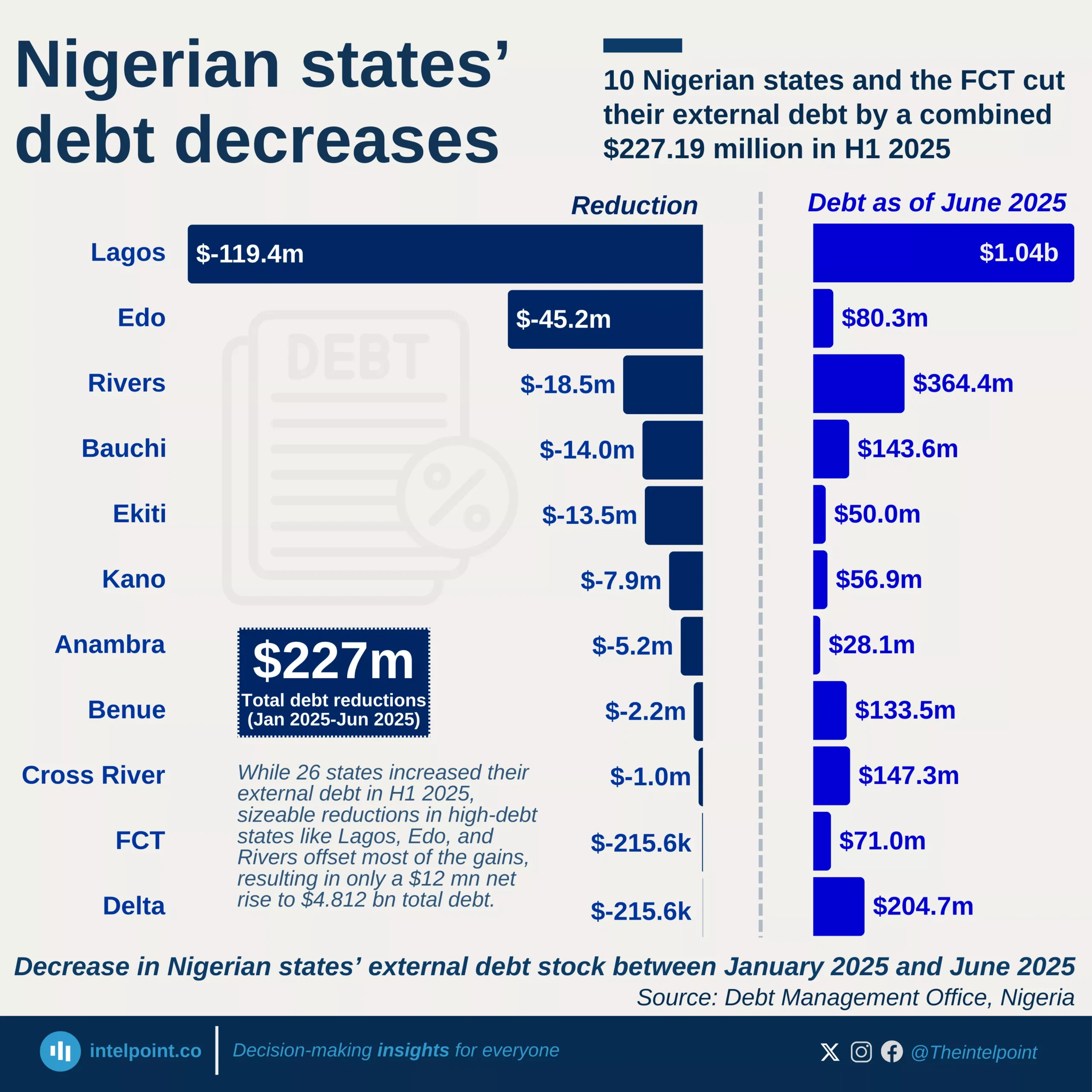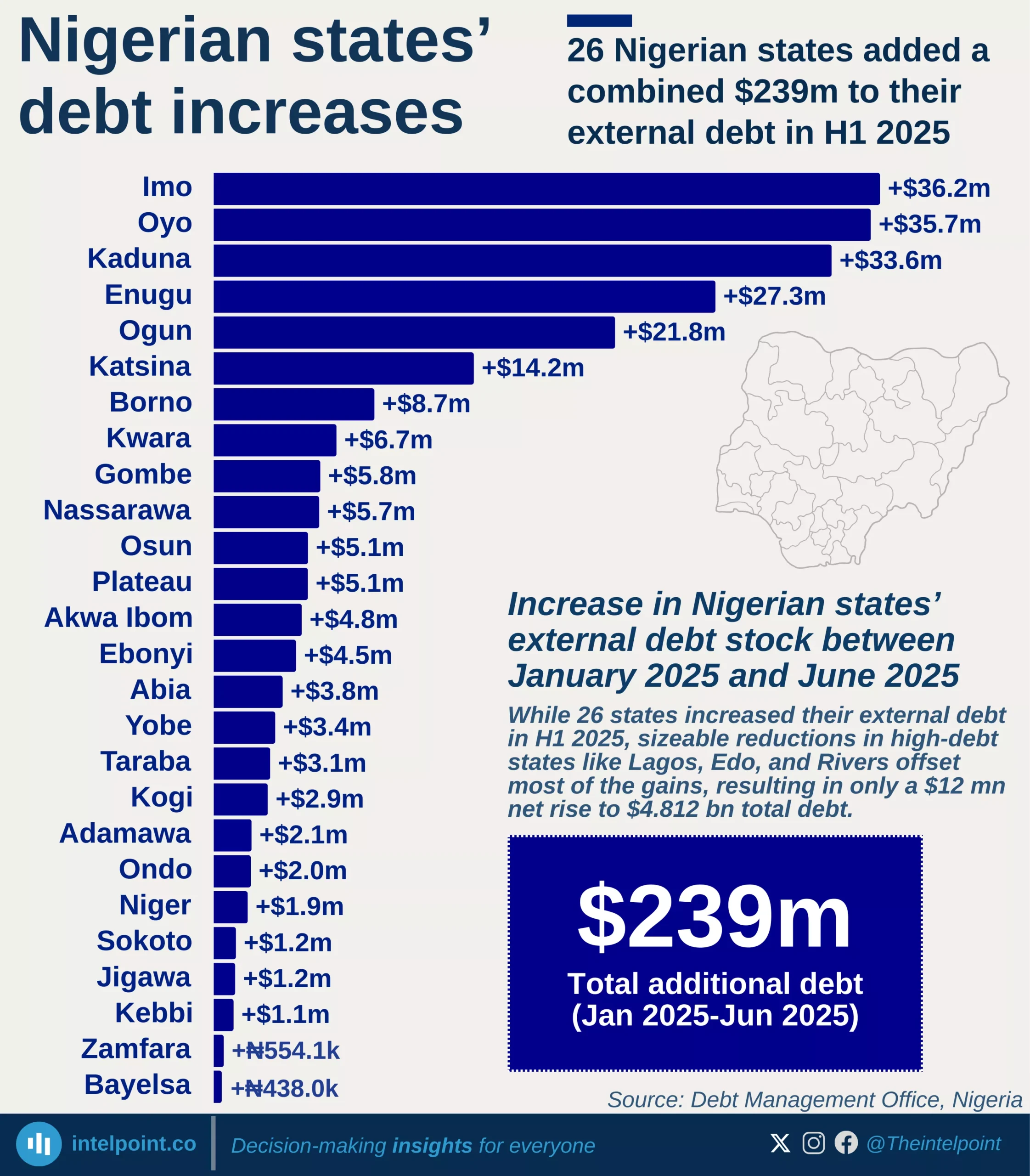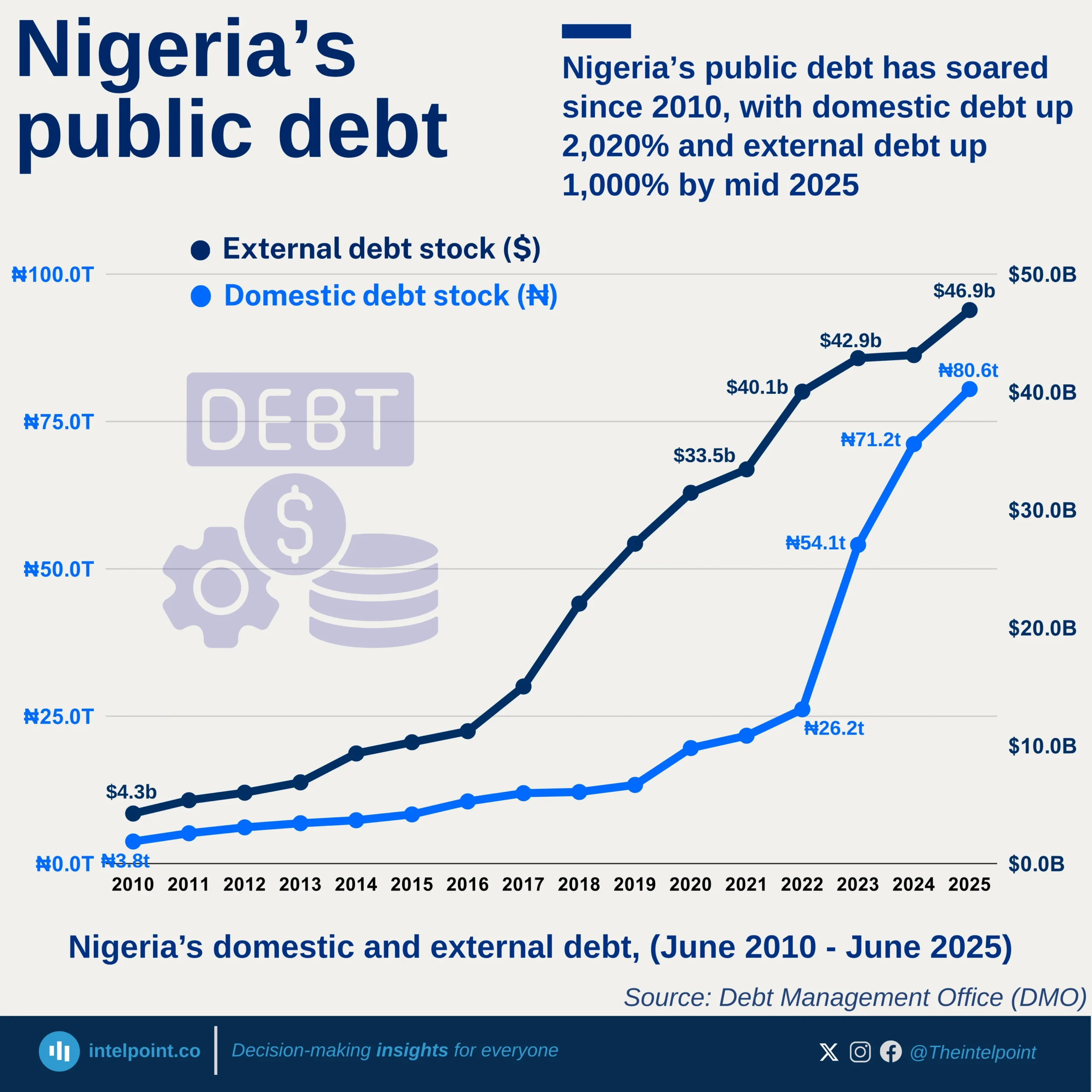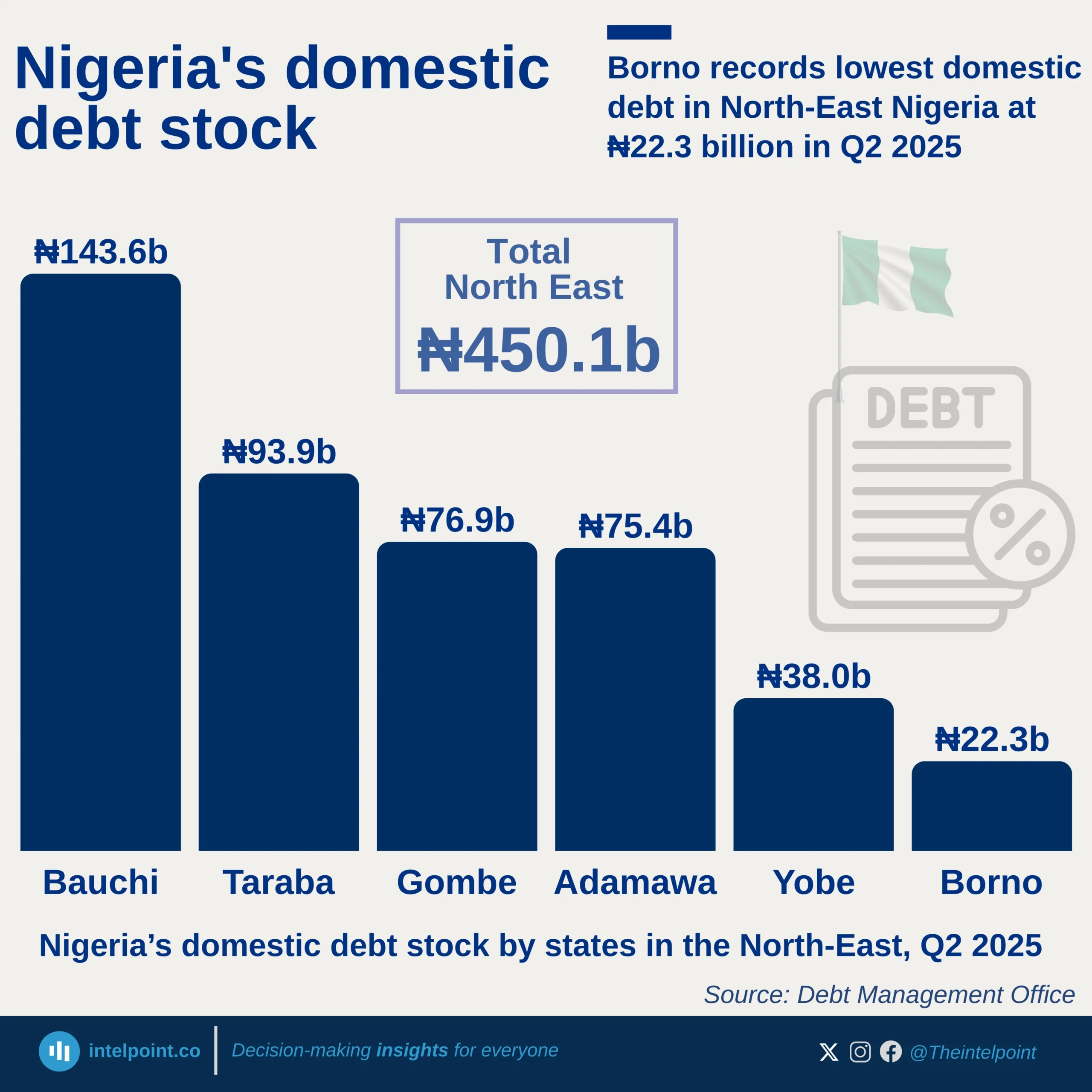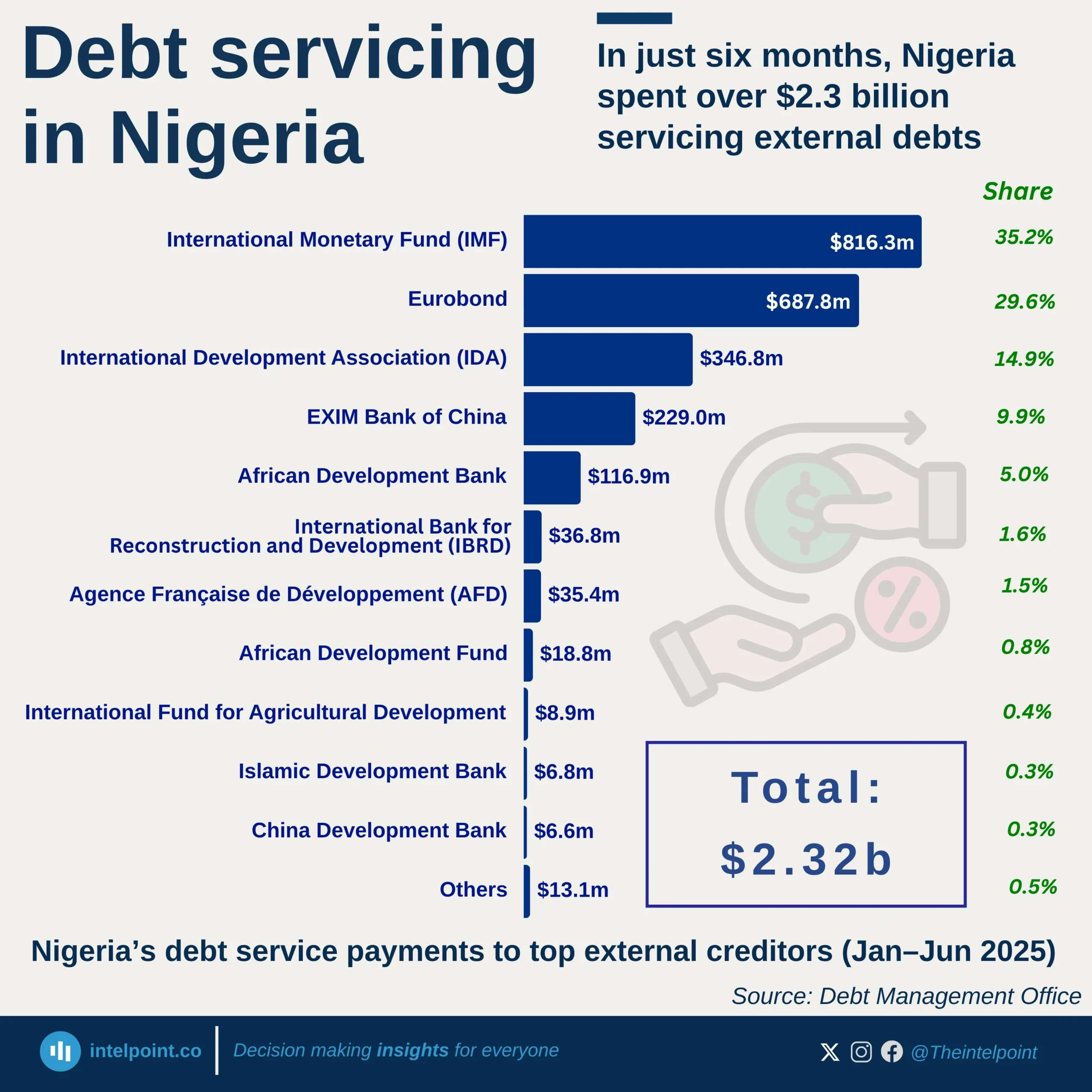Key Takeaways:
Between 2016 and 2025, Kenya underwent a profound transformation in its debt position with the International Monetary Fund. From 2016 to 2020, the country managed to steadily reduce its IMF obligations, bringing the debt down from SDR 609.8 million to just SDR 249.9 million.
However, starting in 2021, the trend shifted dramatically. IMF debt began to rise sharply, more than doubling within a year. This upward trajectory persisted through subsequent years, culminating in an outstanding debt of SDR 3.02 billion as of March 2025.
